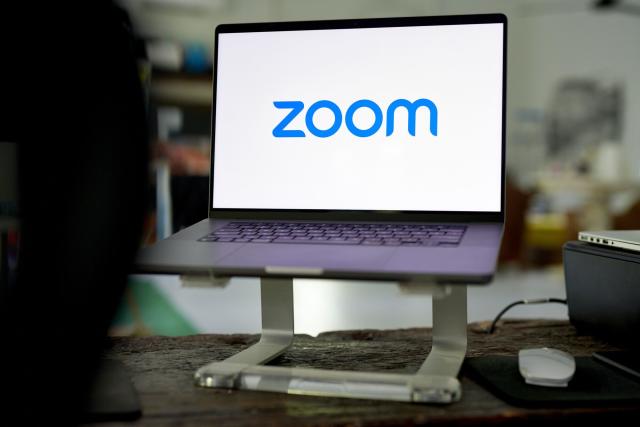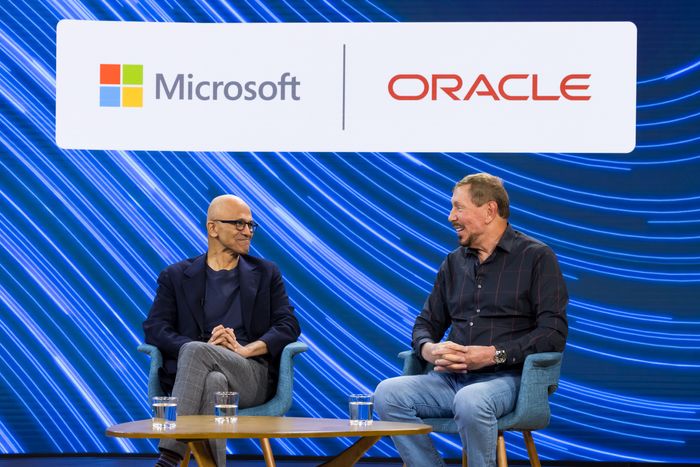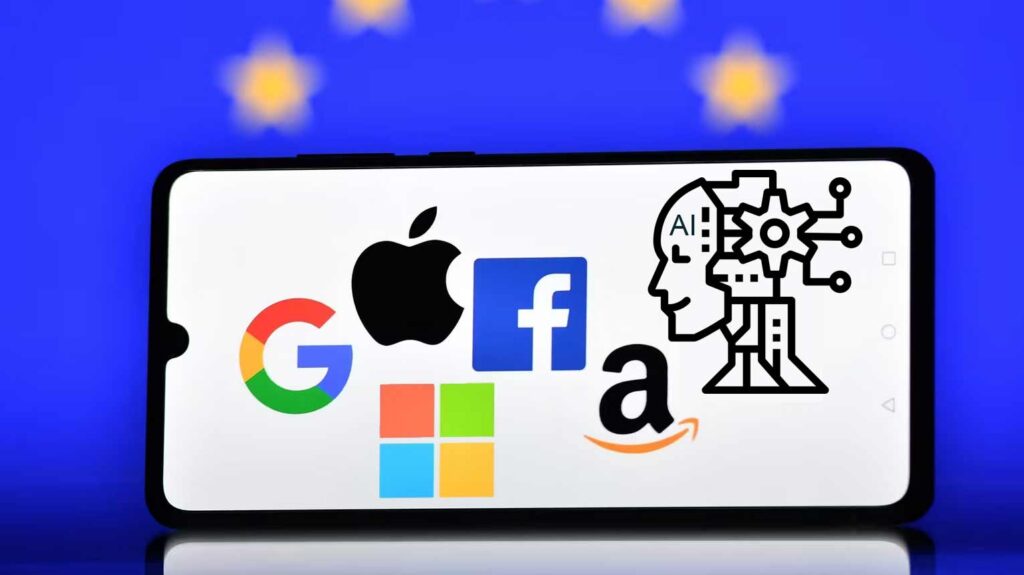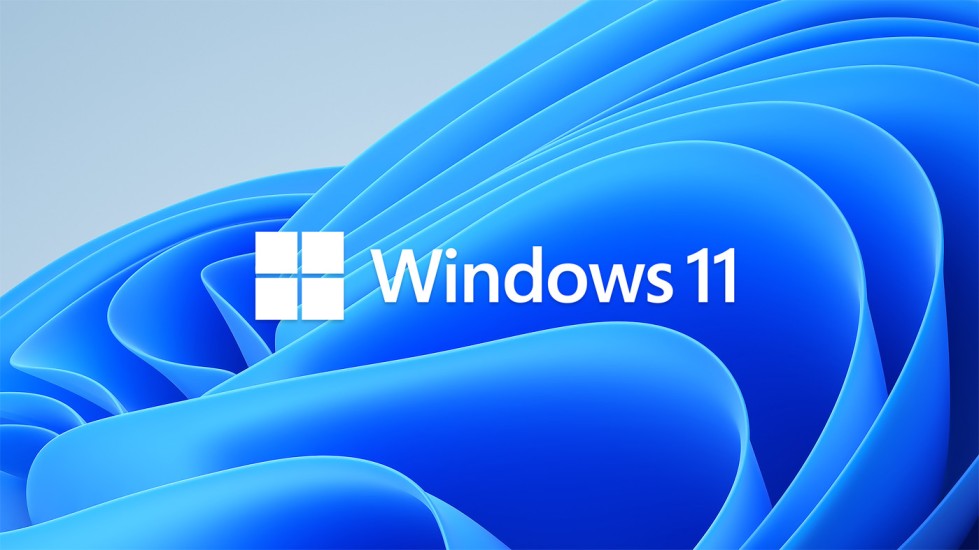Zoom Adds Features Like Document Editing in Bid to Compete With Microsoft
Zoom Video Communications, a key player in the communication and collaboration software market, is gearing up to take on Microsoft’s Teams with a slew of new features and tools.

As of the first quarter of this year, Zoom controlled only about 7% of the market, while Microsoft dominated with a 42% share, according to industry analyst IDC. In a move aimed at enhancing collaboration, Zoom announced on Tuesday that it will be adding word processing capabilities to its suite of tools. This includes collaborative document editing, a feature reminiscent of Alphabet’s Google Docs. However, what sets Zoom apart is its innovative integration of information and artificial intelligence-generated summaries from Zoom meetings directly into the document editing process, as revealed by Chief Product Officer Smita Hashim in an interview.
Zoom’s meteoric rise during the pandemic, with its fiscal-year revenue surging over fivefold to $4.1 billion from 2020 to 2022, has plateaued as offices reopened, and competition, especially from Microsoft, intensified. Analysts now anticipate a modest growth of less than 2% in the coming quarters. To counter this, Zoom aims to diversify its business tools beyond video meetings. This strategy includes incorporating features from Workvivo, an employee communication service it acquired in April.
Zoom has found success with its office phone service, generating approximately $500 million annually, and its customer-service center offering, which has attracted over 500 clients. Despite these positive developments, Microsoft’s Teams remains a formidable adversary. Zoom executives have met with regulators in both the U.S. and the European Union to voice concerns about Microsoft’s preferential treatment through design and price bundling.
To stay ahead, Zoom is experimenting with novel features, as revealed in recent patent filings. These include interactive virtual objects in meetings for purposes such as product advertisements or education. Another patent shows a feature that scans the “nonverbal cues” of meeting participants, providing prompts based on their expressions.
Also Read: Ex-Googler’s Struggling Search Startup Becomes Antitrust Cautionary Tale
In September, Zoom introduced AI features, such as call summarization and message drafting, included in paid plans at no additional cost. Hashim emphasized that these AI features are not promotional pricing and are committed to remaining free for users.
As Zoom seeks to expand its suite of tools, the company is confident that customer interest and adoption will continue to rise. “The focus right now is bringing more and more value to customers through these kinds of cross-product journeys,” Hashim said. Time will tell if these innovations will be enough for Zoom to bridge the gap with Microsoft and secure a more significant share of the competitive communication and collaboration software market.

I am a law graduate from NLU Lucknow. I have a flair for creative writing and hence in my free time work as a freelance content writer.






